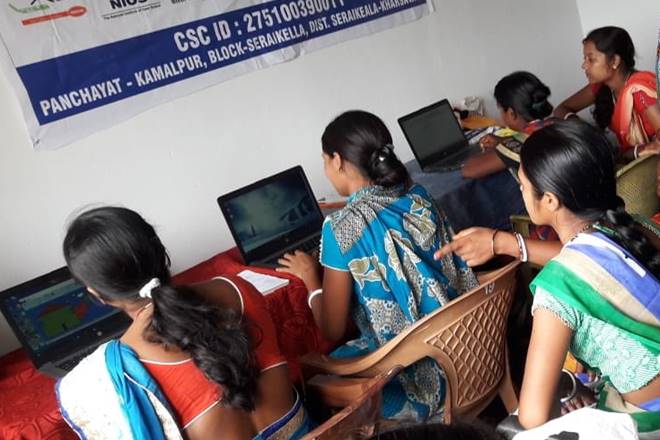Budget 2019 India: Digital India is the dream project of Prime Minister Narendra Modi. According to the government, all his key decisions during the first tenure like Demonetization to GST were aimed at making India more digital. Achieving this objective is not possible without making Indians digitally literate. Digital India aims to make at least one person from each family digitally literate by 2020. PM Modi, during his last tenure, launched Pradhan Mantri Gramin Digital Saksharta Abhiyaan or PMGDISHA with an aim of making six crore Indians, from rural areas across the country, digitally literate.
The ruling Bharatiya Janata Party, in its manifesto for 2019 General Elections, promised to cover all the secondary schools under Operation Digital Board, promote and increase digital transactions and enable digital delivery of government services. Finance Minister Nirmala Sitharaman will have her task cut out in Budget 2019 to address these needs of Digital India program.
Also Read | Budget 2019: All eyes on Modi 2.0 for ‘Digital India’ dream after digital payments success
PMGDISHA, which claims to be the world’s largest digital literacy program and works towards bridging not just the digital divide in India but also to bring digital inclusion and empowerment in rural India needs more support from the government. Already more than 2.29 crore citizens have registered themselves under PMGDISHA program as on 21st June 2019 and as the number goes high, which is what the govt wants, it would require support at both the policy and financial levels from the govt.
According to media estimates, during its launch in February 2017, PMGDISHA program had an outlay of Rs 2,351.38 crore which was sufficient to train only 2.39 crore registered citizens. The govt claims to have already trained 2.21 crore of the 2.29 crore registered people. The funds are not enough to achieve the target of training over 6 crore Indians. According to media reports, after an increase in allotment for Digital India in 2018-19, the allotments for 2019-20 saw a dip.
Finance Minister Nirmala Sitharaman would like to address this issue if the govt wants the scheme to meet its set targets. Already there are charges on govt that the scheme is being implemented in a slow manner. The govt argues that it is because of low rural internet connectivity, lack of awareness about the benefits of being digitally literate, geographical challenges in far-flung areas and other infrastructure related issues. This points to the fact that not just the Digital India program needs a push, digital infrastructure in India needs to be upgraded to support govt’s flagship scheme.
In the Interim Budget 2019, the govt showed its intent and took initiatives towards refurbishing digital infrastructures in the rural areas and announced its plan of converting villages into digital villages.
The govt has listed the following steps which it has taken for the proper implementation of PMGDISHA:
- Scaling up the awareness and promotional activities towards Digital literacy program
- Run campaigns, workshops, seminars, digital vans, etc.
- Identify and register new Training centres in uncovered villages across the country
- To address the issue of low internet connectivity in rural India, Wifi-choupals to be established
- Rural schools to be engaged for training and examination of candidates
In Budget 2019, PMGDISHA program would need sufficient allocation from the Finance Minister to achieve the target of training 6 crore people by 2020.

